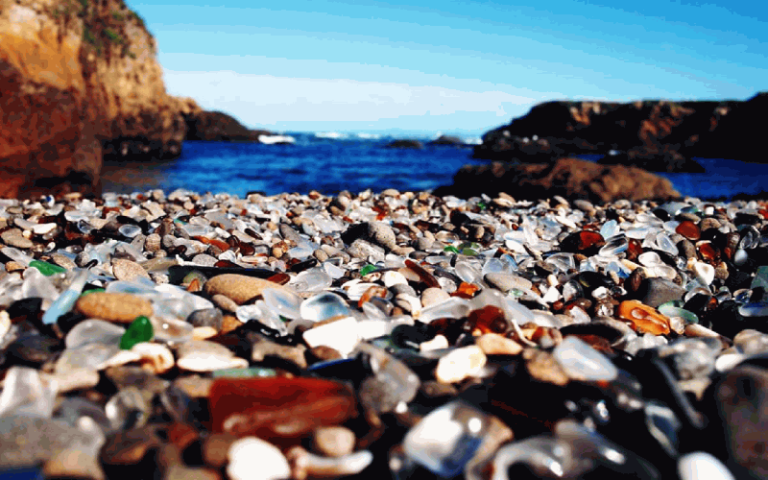What Nj Beaches Have Sea Lice
The New Jersey coastline is renowned for its beautiful beaches. However, some of these beaches are also known for their sea lice. Sea lice are tiny parasitic creatures that can attach themselves to humans and cause several uncomfortable symptoms.
While they are not dangerous, they can be very irritating. A few different beaches in New Jersey have been known to have sea lice, so it is important to be aware of them before you go swimming.
If you’re planning a trip to the beach this summer, you may want to check for reports of sea lice before you go. Sea lice are tiny crustaceans that can cause skin irritation and welts. They’re most common in salt water but can also be found in fresh and brackish water.
There have been reports of sea lice at beaches all along the Jersey Shore, from Cape May to Monmouth County. If you’re going to be swimming in any of these areas, check for updates on the situation before you go. And if you do get into the water, be sure to rinse off with fresh water as soon as possible afterwards.
Are There Sea Lice at the Jersey Shore?
Yes, there are sea lice at the Jersey Shore. While they are not harmful to humans, they can cause skin irritation and discomfort. Sea lice are tiny parasitic creatures that live in salt water and attach themselves to fish.
When swimmers come into contact with infected water, the lice can transfer to their skin and hair. Symptoms of sea lice include itchiness, redness, and bumps on the skin. If you think you may have been infected, it is important to wash your swimsuit and any other clothing that came into contact with salt water as soon as possible.
You can also treat the affected area with a topical anti-itch cream or lotion.
What Beaches in Nj are Contaminated?
There are many beaches in New Jersey that are contaminated with various pollutants. These pollutants can come from various sources, including stormwater runoff, sewage treatment, and industrial facilities. One of the most common pollutants found on NJ beaches is faecal bacteria.
This bacteria can come from several sources, including human and animal waste. Faecal bacteria can cause several illnesses, including stomach flu, diarrhoea, and skin infections. Another common pollutant found in NJ beaches is mercury.
Mercury is a toxic metal that can be released into the environment from coal-burning power plants and other industrial facilities. Mercury exposure can cause neurological problems and developmental delays in children. Lead is another pollutant that has been found on NJ beaches.
Lead can come from various sources, including lead pipes and paint chips. Exposure to lead can cause serious health problems, such as learning disabilities and behaviour problems. If you are planning on swimming at a beach in New Jersey this summer, it is important to check the water quality report before you go.
This report will tell you if there have been any recent advisories or closures due to pollution levels.
Where are Sea Lice Found?
Sea lice are tiny parasitic creatures that live in salt water and attach themselves to fish. They are found worldwide but are most common in tropical and subtropical waters. Sea lice can cause skin irritation and sometimes infections in humans who come into contact with them.
What Beaches Have Bacteria in Nj?
There are many beaches in New Jersey that have bacteria in them. The most common type of bacteria found in these beaches is enterococcus, which can cause infections and illnesses such as gastroenteritis, meningitis, and ear infections. Enterococcus thrives in salt water and can be present even when the water looks clean.
To avoid getting sick from the bacteria, it is important to shower after swimming at these contaminated beaches. Some of the beaches in New Jersey that have been found to have high levels of enterococcus bacteria include: -Asbury Park Beach.
-Belmar Beach – Bradley Beach -Long Branch Beach
Sea Lice Bites
If you’ve ever gone swimming in the ocean, chances are you’ve come into contact with sea lice. These tiny creatures are a type of crustacean called copepods. While they’re mostly harmless, they can cause skin irritation and discomfort if latched onto your body.
Sea lice typically measure between 1 and 3 millimetres in length. They have eight legs and a small, hard shell. Most species are translucent or transparent, making them difficult to spot in the water.
While sea lice don’t pose a serious health threat to humans, their bites can irritate. The creatures feed on dead skin cells and mucus, which can cause an allergic reaction in some people. Symptoms of a sea lice bite include redness, itching, and swelling.
In severe cases, the bites may blister or become infected. If you think sea lice have bitten you, it’s important to wash the affected area with soap and water as soon as possible. You can also try topical anti-itch cream or an over-the-counter antihistamine to relieve symptoms.
Conclusion
The Jersey Shore is a popular summer destination for many people, but it’s important to be aware of the potential dangers of swimming in the ocean. One hazard you may not be familiar with is sea lice, tiny creatures that can attach themselves to your skin and cause irritation. While they’re not dangerous, they can be very uncomfortable.
There are a few beaches in New Jersey where sea lice have been reported. If you’re planning on swimming at one of these beaches, take precautions to avoid coming into contact with them. You can wear swimwear that covers your body or use a topical repellent before getting in the water.





